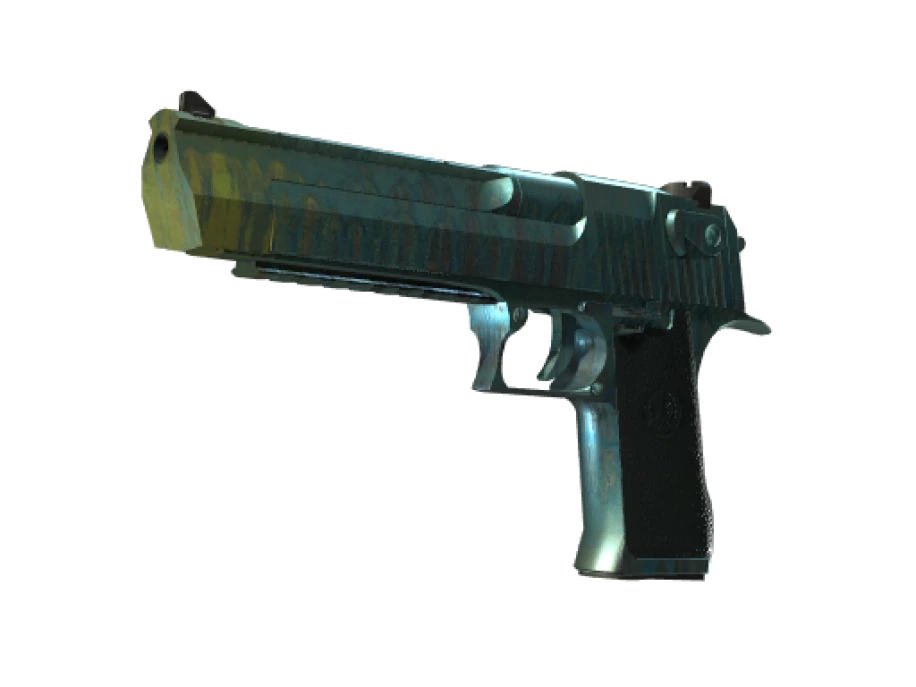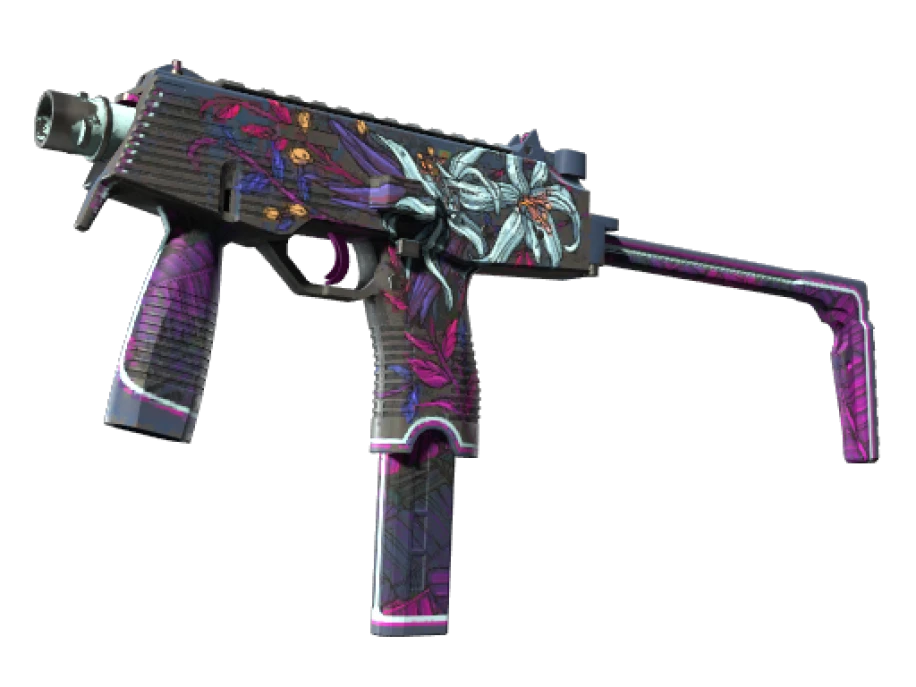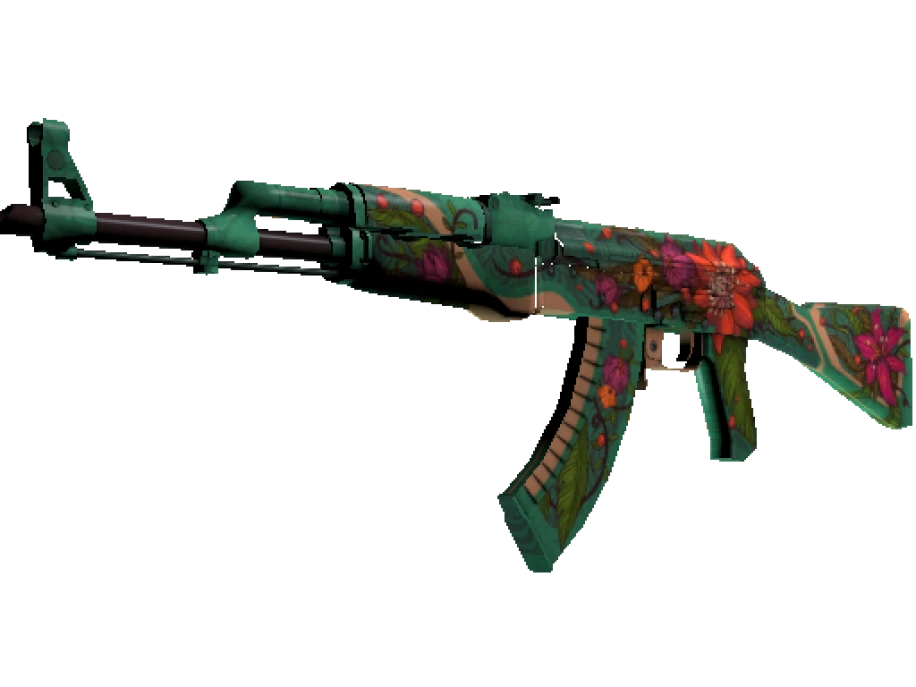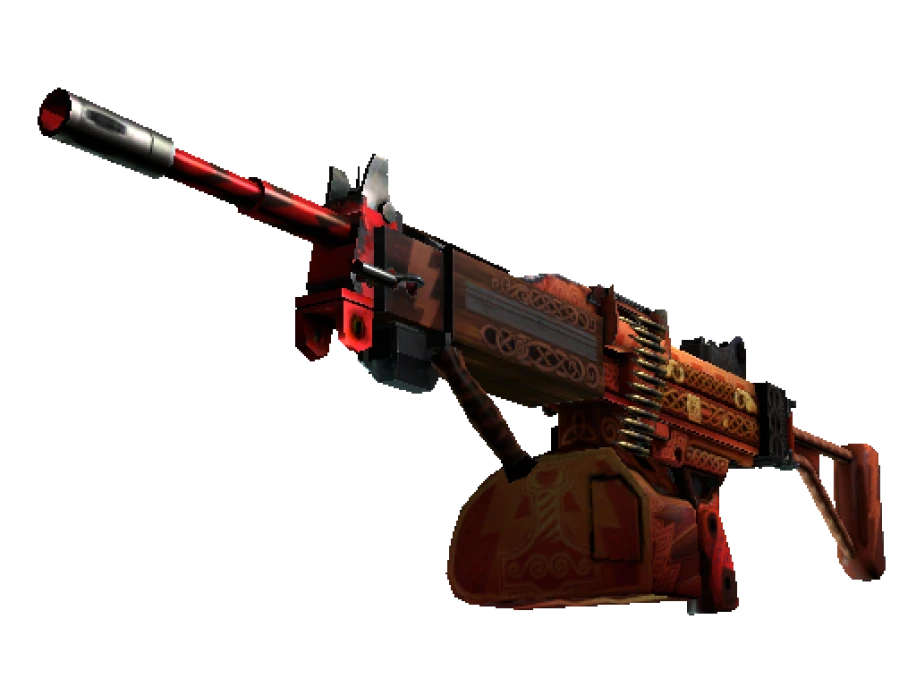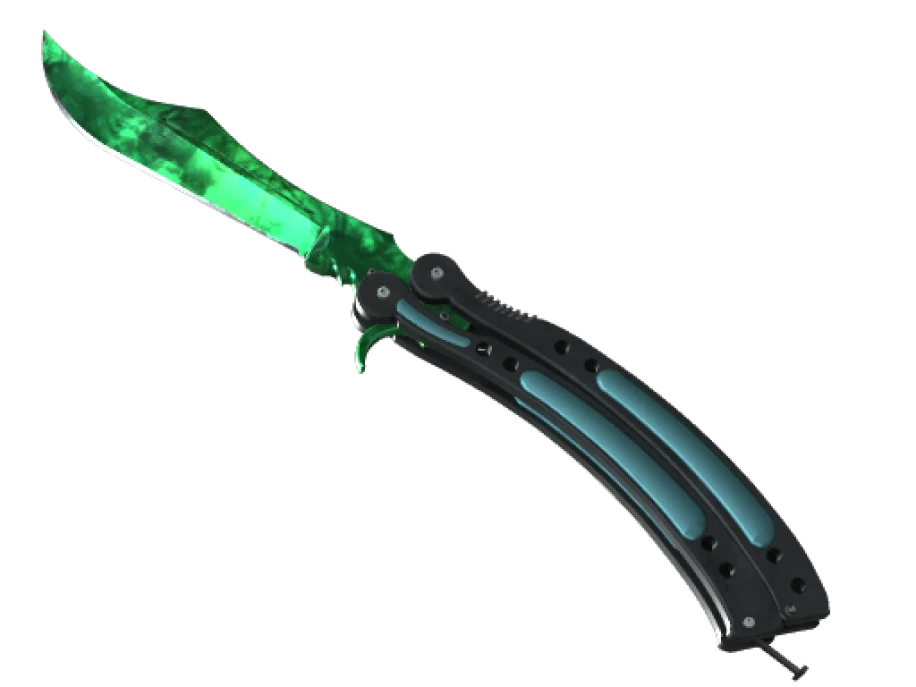All designations on the Ancient map in CS2: Full guide
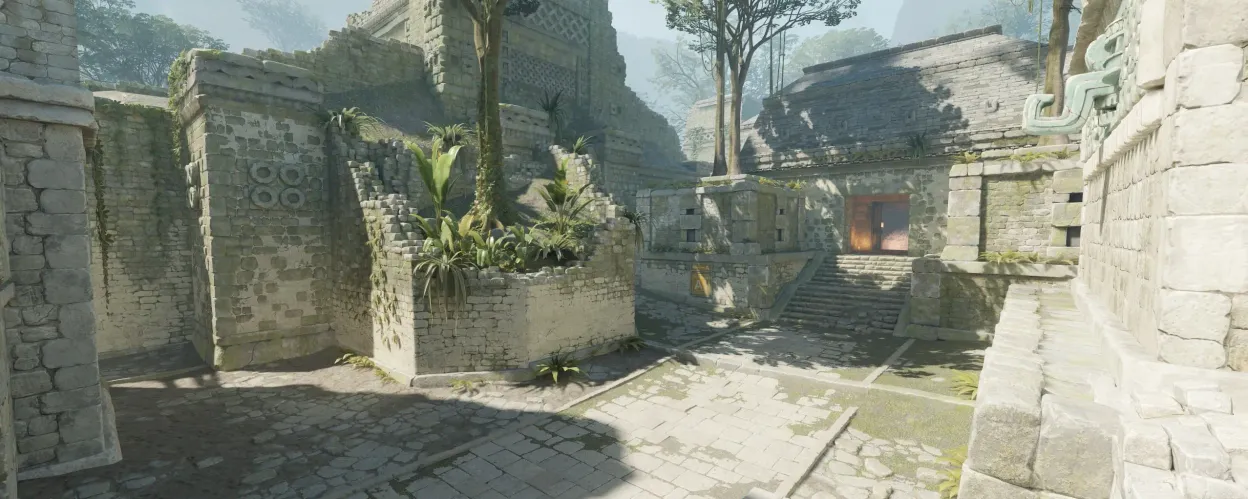
Ancient is one of the most tactical maps in CS2 requires strong communication and understanding of the map. Callouts’s knowledge for Ancient in CS2 is critical to effective teamwork, fast rotations, and successful strategies. Callouts help players to communicate clearly information by improving coordination and decision-making.
In this guide, we will look at all callouts of the Criterion, explaining their positions, tactical advantages and impact on the gameplay. Whether you’re new to the Ancient map in CS2 or want to improve your knowledge, this guide will help you achieve a competitive advantage.
What is Callouts in CS2?
Callouts are names for specific places on the map that help teammates communicate effectively. Instead of saying “an adversary next to that rock,” players use short, well-known terms such as “Donut” or “Jaguar” on Ancient. Knowledge of callouts on the Ancient map in CS2 allows teams to respond faster and effectively execute strategies.

The main Callouts on the Ancient map in CS2
Ancient is built around narrow choke points and open areas, making clear communication necessary. Here are key callouts for each CS2 area.
Callouts for the marking point A
Point A is surrounded by many access points, making it a controversial area.
| Callout | Description |
| Temple | A covered area that is useful for resuming control. |
| Donut | Connector of the center leading to zone A. |
| A-Main | The main entrance to attack on A. |
| A-Long | The path leading to A from T. |
| Kubrick | A small shelter near point A. |
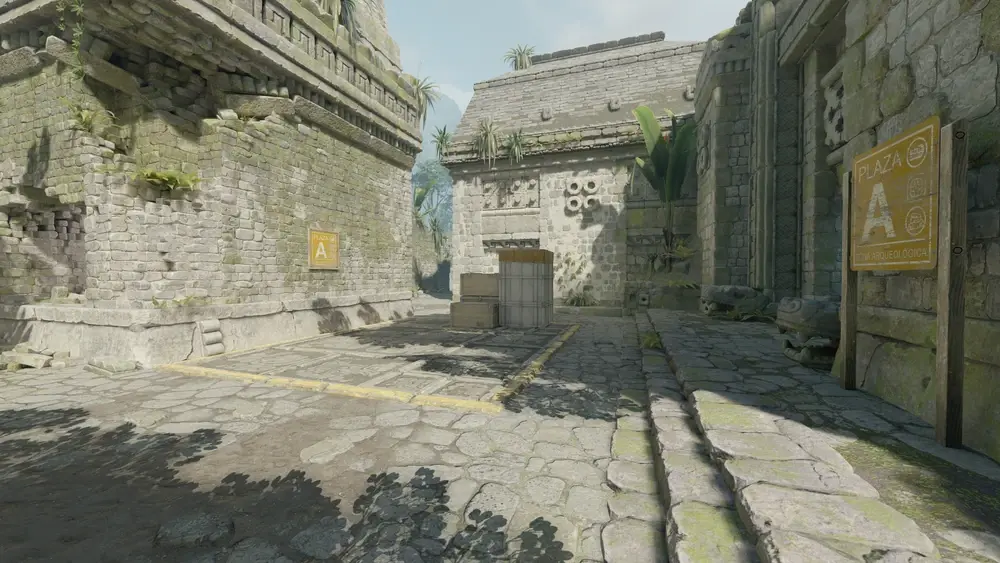
Callouts for the B laying point
Point B offers a strong position for CT, but can be overcome using the right utilities.
| Callout | Description |
| Jaguar | The key passage leading to B. |
| B-Main | The main entry point for T. |
| The back of the site | The back of point B, where the defense is held. |
| Column | Central column that provides shelter. |
| CT Spawn | Point of the beginning of CT, close to B. |
Other Important Callouts
In addition to A and B, the control of the centre and key pathways is crucial.
- Mid: The central part of the map that controls rotation.
- Tunnels: Connect different parts of the map.
- Cave: Narrow area near B, used for ambush.
- T-Spawn: The Start of Terrorists.
- CT-Spawn: A starting position for counter-terrorists.
Best Weapons for Ancient Card in CS2
Some weapons work better in different parts of the map.
| Position | Recommended Weapons |
| Control of the center | AK-47 / M4A4 / AWP |
| Defense of the site | M4A4 / M4A1-S / AUG |
| Close corners | MP9 / P90 / Shot |
| Entrance Frugger | AK-47 / Galil / SG 553 |
| Long angles | AWP / Scout |
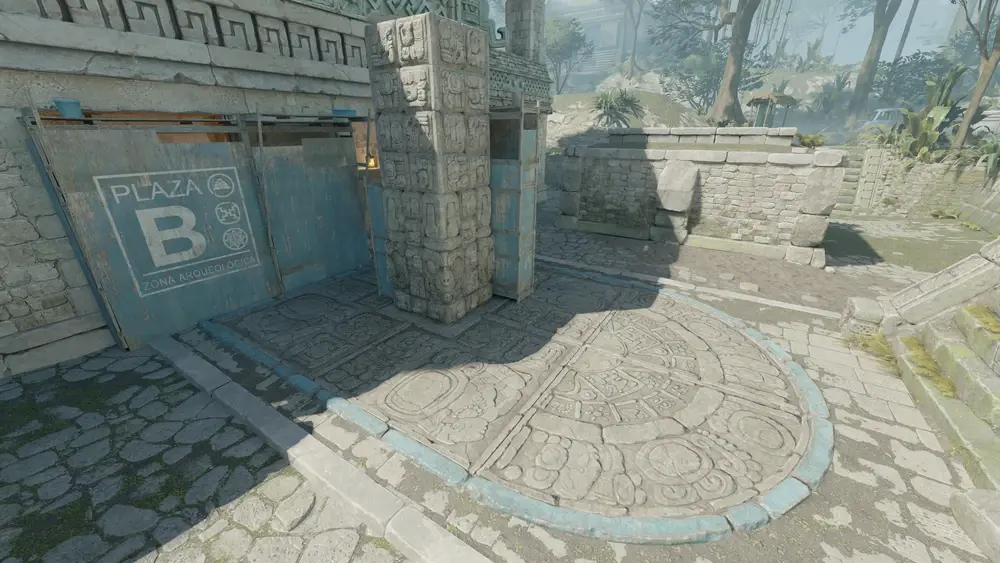
Common Mistakes to Be Avoided on Ancient Card
Many players have difficulty on Ancient because of simple mistakes.
- Ignoring the Control of the Center: Loss of the center complicates the protection of points.
- Do not Use Utility: Smoke and flushes are necessary to perform point captures.
- Attack Without Plan: Runpoints without coordination leads to defeats.
- Excessive Deletion in Defense: Too far-focused promotion without support is often punished.
- Slow Rotations: Quick Solutions can make or break a round.
History of the map Ancient in CS2
Ancient was introduced in CS:GO as a replacement for Train and later adapted for CS2. Over time, the strategies and callouts of Ancient cards have evolved, helping teams improve their game.
Professional matches on Ancient often focus on the control of the center, with teams using structured installations to control rotations and safety of entry points.
Mastering Callouts mapring Ancient in CS2 is key to improving team communication and strategy. Whether you play as a FT gamer or protecting from a position of CT, knowledge of the callouts map of Ancient allows you to make decisions faster and better coordinate.
If you are serious about improving the skills on the Ancient map in CS2, click callouts, communicate effectively and adapt your playing style depending on each match. The more you play, the more natural these callouts will become!
